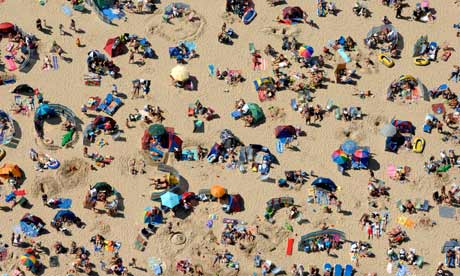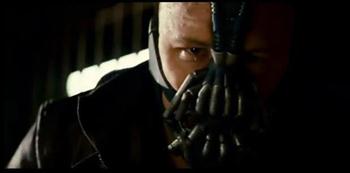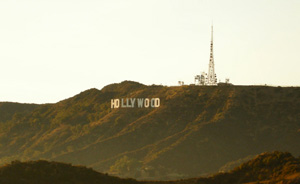Camera Movements
Panning – When a camera movement is from side to side. The camera scans the scene to provide the viewer with elements of a scene that cannot be included in a wide-angle shot. It can also reveal information as needed and can follow a moving object. It should be a smooth motion.
Tilt – The movement of a camera head up or down. Tilting the camera up can show height and tilting it down can show depth. It can also show relationships. Tilts can also generate emotional responses, tilting upwards causes the feeling of hope, interest and expectation whereas tilting downwards can lower interest and create feelings or disappointment or sadness.
Tracking Shot – A shot which the camera pushed horizontally along the ground on a dolly.
Dolly – Refers to a type of shot achieved when a camera is mounted on a cart pushed along a track.
Crane – A shot in which the camera rises above the ground on a mobile support.
Steadicam – Mechanism for steadying a hand-held camera, consisting of a shock-absorber arm to which the camera is attached and a harness worn by the camera operator.
Hand-held – When a person holds the camera in hand while shooting.
Zoom – A single shot which moves towards a particular subject.
Reverse zoom - A single shot which moves away from a particular subject.
Camera Angles
In this lesson we learnt about most of the different types of camera angles, movement shot types. Below is the list of them.
Aerial Shot (bird's eye view) - This is a shot from directly above the head. The shot puts the audience in a godlike position, looking down on the action. it is also very good at setting the scene on a vast scale.

Long Shot - This is the most difficult to categorise precisely, but is generally one which shows the image as approximately "life" size. For example the whole of someone's body id clear shown in the image and is not cut off in any way.
%20and%20Sergei%20(Sergei%20Puskepalis)%20Long%20Shot.jpg)





POV (Point Of View) - This show it what it says in the name really, it is taken from the point of view of one character. You can see what they would be seeing. The camera becomes the eyes of one particular character.
Low Angle - Low angles help give a sense of confusion to a viewer, of powerlessness within the action of a scene. The background of a low angle shot will tend to be just sky or ceiling, the lack of detail about the setting adding to the disorientation of the viewer. The added height of the object may make it inspire fear and insecurity in the viewer, who is psychologically dominated by the figure on the screen.
Oblique/Canted Angle - Sometimes the camera is tilted (ie is not placed horizontal to floor level), to suggest imbalance, transition and instability (very popular in horror movies).
In this lesson we learnt about most of the different types of camera angles, movement shot types. Below is the list of them.



No comments:
Post a Comment